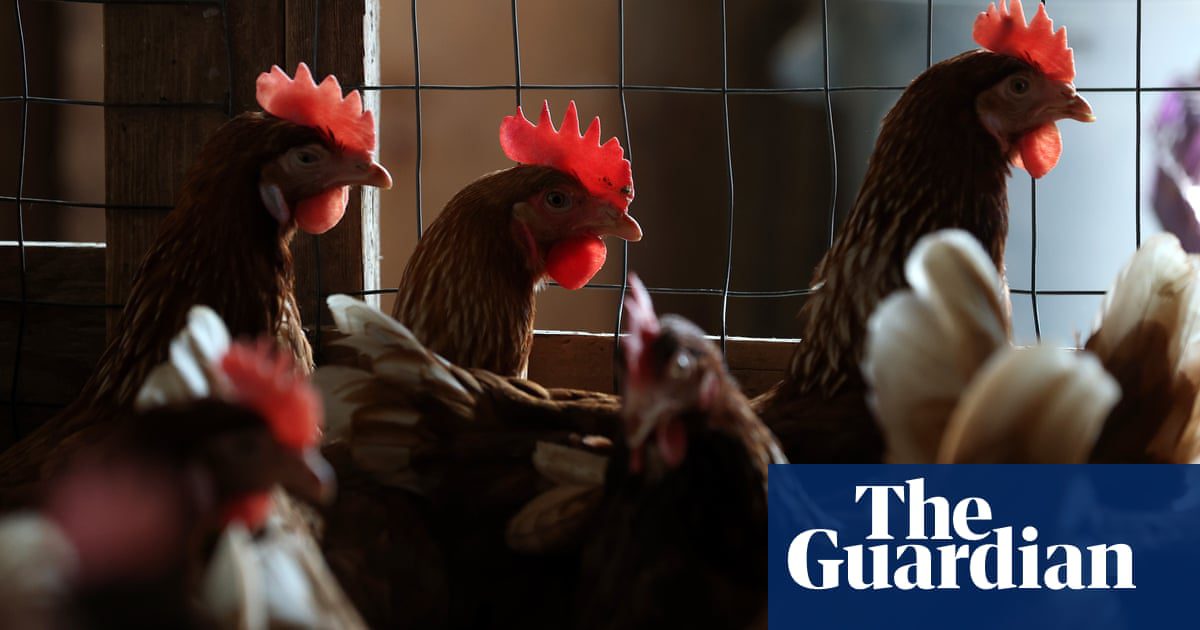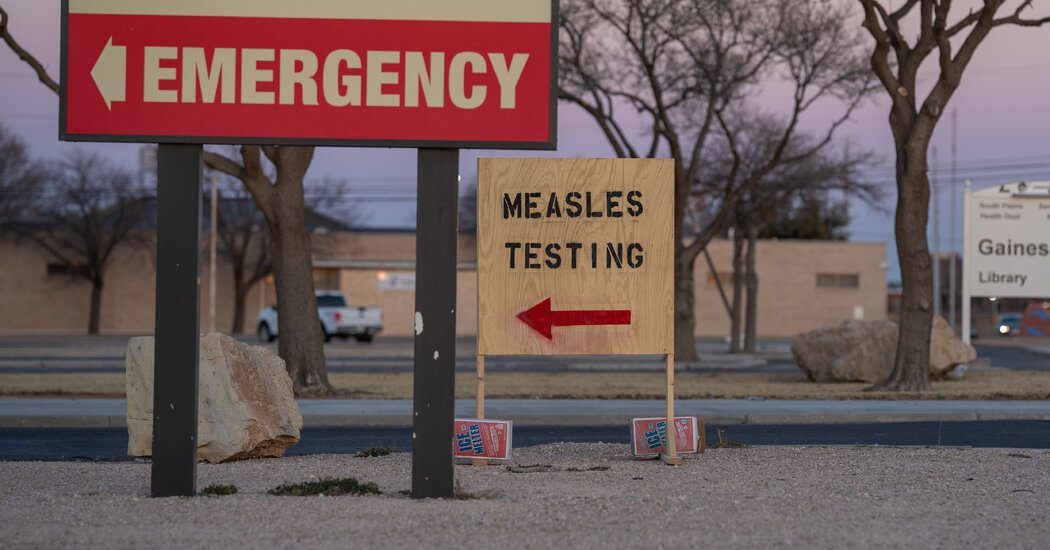
Recently, two individuals from Wyoming and Ohio were admitted to the hospital due to infections of the H5N1 bird flu, according to a routine update from the Centers for Disease Control and Prevention (CDC) on Friday.
The patient in Wyoming remains hospitalized, whereas the individual in Ohio has been discharged. Both patients presented with a variety of “respiratory and non-respiratory symptoms,” although specific details on their conditions were not provided.
Angela Rasmussen, a virologist from the Vaccine and Infectious Disease Organization at the University of Saskatchewan, noted, “This indicates that H5N1 can be quite severe, and we must not assume it will always be mild.”
This report arises amidst one of the most severe seasonal flu outbreaks in the past 15 years, which raises concerns about the potential emergence of a more dangerous virus through the reassortment of bird flu and seasonal flu strains.
Rasmussen expressed further concern regarding H5N1 in hospitals treating many seasonal flu patients. She warned that these circumstances could lead to reassortment, potentially resulting in a pandemic-capable form of H5N1.
These cases mark the first instances of human H5N1 infections reported in Wyoming and Ohio.
According to a statement from the Wyoming Department of Health, an older woman from Platte County was hospitalized out of state and has pre-existing health conditions that increase her vulnerability to illness. She was exposed to infected poultry in a backyard flock, and the report indicates she remained hospitalized during that time.
In Ohio, a man contracted the virus while depopulating H5N1-positive poultry at a commercial facility. As reported by the Ohio Department of Health, this individual has since been discharged and is recovering at home.
To date, the United States has confirmed a total of 70 cases of highly pathogenic avian influenza since it was first identified in dairy cows last year, with no current evidence of human-to-human transmission. Most infections have occurred in individuals with close contact to infected animals.
In previous incidents, a Missouri patient tested positive for the bird flu without any known exposure, while a man in Louisiana hospitalized and subsequently passed away after exposure to backyard chickens and wild birds.
Additionally, a 13-year-old girl in British Columbia experienced severe illness requiring hospitalization for several months, with no known prior exposure.
Both the Louisiana and British Columbia cases were attributed to a variant of H5N1 that emerged last fall and is rapidly becoming dominant among bird populations. This strain has also spilled over into dairy cattle in Nevada and Arizona.
These recent developments coincide with the Trump administration deliberating a strategy that may avoid depopulating poultry as a method to contain outbreaks.
The new head of health agencies, Robert F Kennedy Jr, has reportedly halted a campaign for seasonal flu vaccinations while a scheduled meeting of the CDC’s independent vaccines committee has been postponed.
Recent findings from a study published in the CDC’s journal “Emerging Infectious Diseases” provide insight into varying disease severity levels in H5N1 cases. Researchers found that ferrets previously infected with H1N1 were more capable of neutralizing H5N1 than those infected with a low-pathogenicity variant, suggesting some cross-protection.
Another study from the same journal indicated that ferrets previously infected with H1N1 exhibited less severe reactions to H5N1, hinting that similar responses might occur in humans, according to the authors. “This suggests that prior H1N1 infections or vaccinations could offer a degree of cross-protection due to anti-N1 immunity,” Rasmussen noted.
However, the extent of this protection in humans remains uncertain. As Rasmussen cautioned, “We should not conclude that this implies absolute protection within the human population.”









